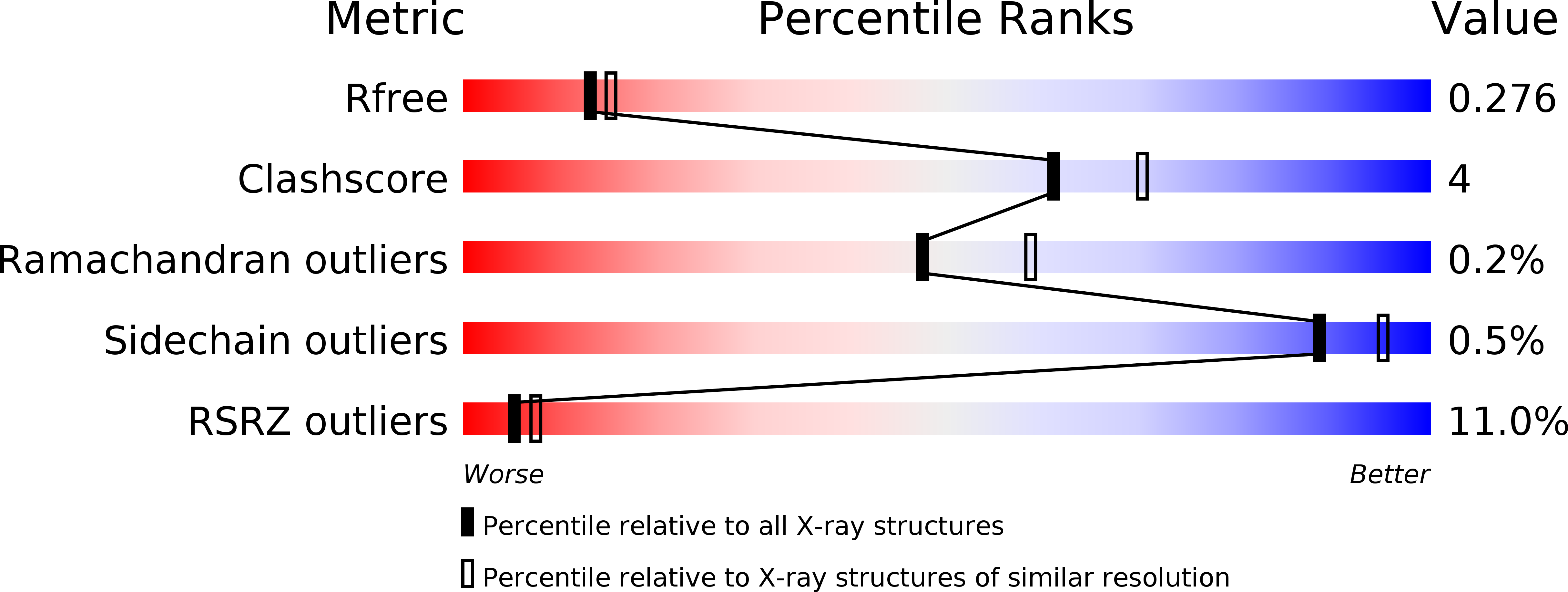
Deposition Date
2008-10-28
Release Date
2009-06-30
Last Version Date
2024-10-30
Entry Detail
PDB ID:
3F1S
Keywords:
Title:
Crystal structure of Protein Z complexed with protein Z-dependent inhibitor
Biological Source:
Source Organism:
Homo sapiens (Taxon ID: 9606)
Host Organism:
Method Details:
Experimental Method:
Resolution:
2.30 Å
R-Value Free:
0.27
R-Value Work:
0.22
R-Value Observed:
0.22
Space Group:
P 21 21 21


